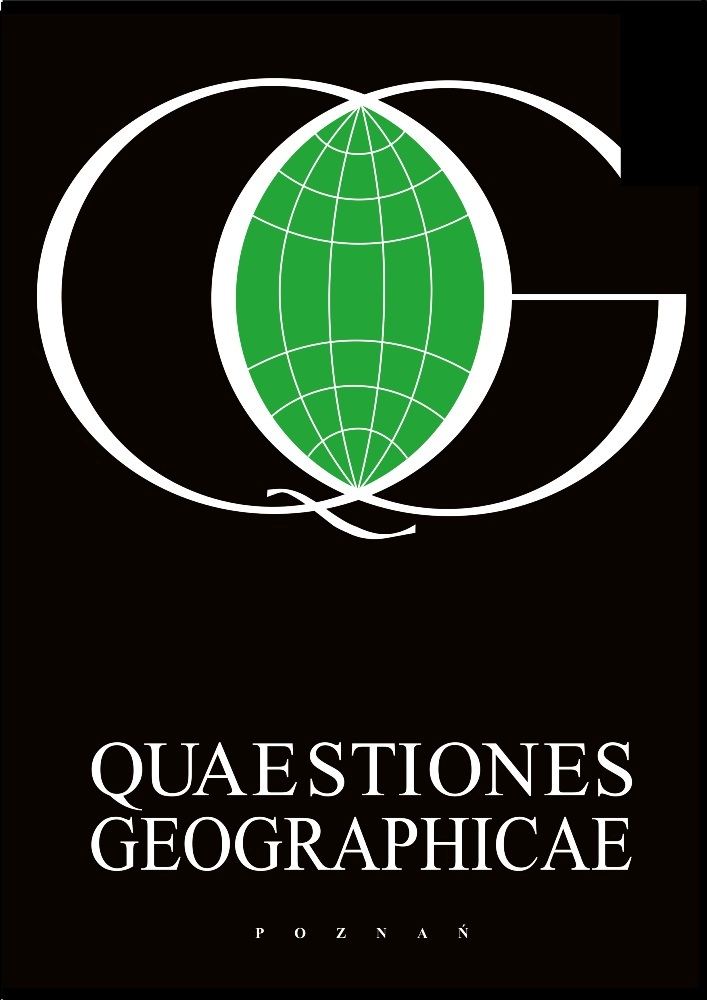Abstract
In the administrative division of Russia, the Baikal region is traditionally considered as embracing three parts: the Irkutsk oblast', the Republic of Buryatia, and Zabaikalsky Kray. Its area is three times larger than that of France (1.6 million km2), but its population size and density are typical of "the Siberian depth of the country" (4.6 million people, under 3 persons/km2). One of the most important global features of a part of this region - the Baikal Natural Territory - is to ensure the preservation of Lake Baikal as a World Heritage Site. A strategy of environmentally oriented land use determines an adequate level of development of ecological infrastructure and its most important sector - environmental protection infrastructure (EPI). The article presents an analysis of the current infrastructure for managing solid waste, and proposes a forecast scenario of its development with the use of the gravity model in the EPI sector involving recycling collection points.
References
Atlas of the socio-economic development of Russia, 2009. Cartographic Production Association "Kartographia".
Commentary to the Federal Law "On Production and Consumer waste", 1999. State Committee of RF for Environmental Protection, Moscow-Petersburg.
Ecologically oriented land-use planning in the Baikal region. Baikal Natural Territory, 2002. IG SO RAN, Irkutsk.
Ecological zoning of the Baikal Natural Territory, 2002. Irkutsk.
Razumov N.M., Gerasimenko O.M. & Koreneva G.I., 2005. Experience in design construction and operation of the landfill of toxic industrial waste in Tomsk. 4th International Congress on Waste Management "WasteTech-2005": Proceedings (Moscow, May 31 - June 3, 2005), SIBICO International: 252-253.
Regions of Russia. Socio-economic indicators, 2008. Statistics digest, Federal State Statistics Service, Moscow.
Zabortseva T.I., 2005. Regional infrastructure for waste handling. Siberian Branch of Russian Academy of Science, Novosibirsk.
Zabortseva T.I. & Gales D.A., 2010. Mapping of regional environmental protection infrastructure. Thematic mapping to create in spatial data infrastructure. Proceedings of the 9th Scientific Conference on Thematic Cartography (Irkutsk, November 9-12, 2010). IG SB RAS, Irkutsk: 180-182.
Zabortseva T.I., Pomazkova N.V., Handazhapova L.M. & Bogdanov V.N., 2009. Solid production and consumer waste. Natural resources. Economy and population of the Baikal region (series of CD maps of the Baikal region, 1:7,500,000).
License
This content is open access.
